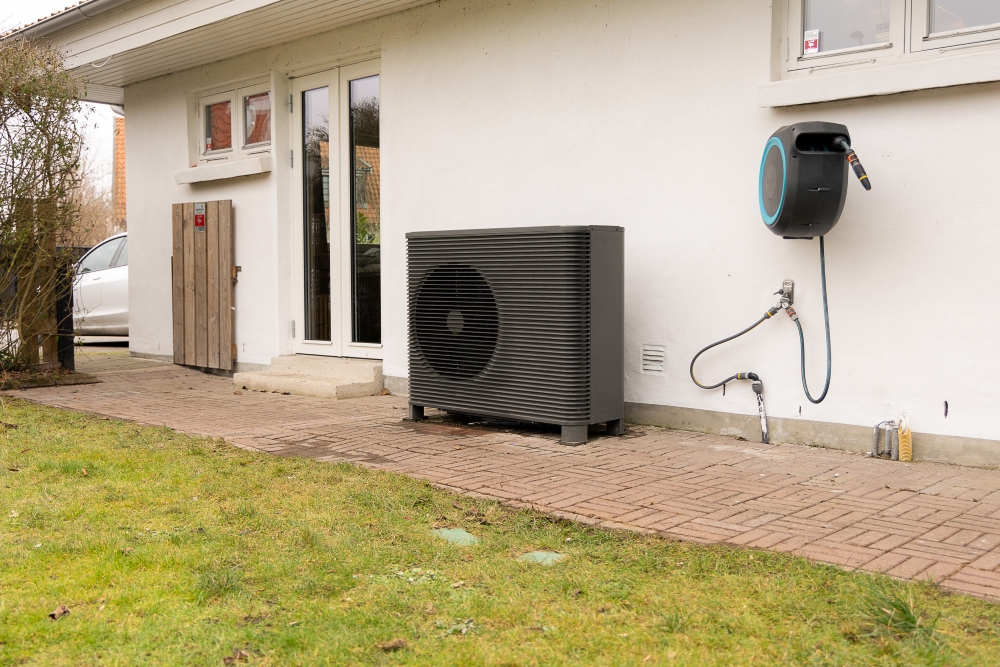With around 40% of the UK’s carbon emissions coming from the built environment, decarbonising our heating and retrofitting the UK’s old, leaky housing stock will be absolutely crucial to achieving our legally-binding climate targets.
But within the sector, there are a range of differing opinions on how exactly it should be done – and in what order – from ‘fabric first’ (prioritising improvements to the energy performance of a building’s structure) through to ‘fabric fifth’ (where energy-saving measures such as heat pumps can come much earlier).
From my experience as Energy and Carbon Specialist at Bioregional, there’s no one-size-fits-all answer – it depends on the exact context and needs of a region. To answer the question comprehensively, I’ll examine how heat pump-ready the UK is through 3 lenses:
But first: defining ‘heat pump-ready’
So, how exactly do we label a UK home as being ‘heat pump-ready’? More often than not, it’s a local authority assessment of housing stock in a particular area, which decides based on dwelling size, age, fabric performance, available outside space and electrical service connection, establishing simply whether the homes could accommodate a standard domestic monobloc heat pump (14kWth).
Examining the UK’s housing stock
In principle, the approach above could be useful in speeding up the roll-out of heat decarbonisation, and it could incentivise the development of Distribution Supply Operators and renewable-centred microgrids. The studies in Surrey and Cornwall show positive results in terms of heat pump readiness. We know from the data that where the policy is implemented, the supply chain follows (talking about heat pumps specifically).
For context, here’s a quick summary of the Cornwall and Surrey guides. As well as highlighting those homes which are deemed heat pump-ready, they also highlight the age and size of homes which need retrofitting.
Roughly these equate to:
Cornwall: out of the roughly 120k homes in the study, around just 30% of houses need fabric improvements, ranging from minor to major. These tend to fall into the following categories:
100-150m2 semi 1929 or earlier.
150-400m2 detached 1995 or earlier.
Surrey: out of the 350k homes in the study, around 45% of houses need a range of fabric improvements. These tend to fall into the following categories:
70-150m2 terraced 1929 or earlier.
100-150m2 semi 1949 or earlier.
150-400m2 detached 1975 or earlier.
Regional climate is perhaps the determining factor here, given that a higher percentage in Cornwall are classed as heat pump-ready, as illustrated by Passivhaus Trust – something I’ll expand on later.
Within London Energy Transformation Initiative’s (LETI) retrofit guide, it suggests that out of the 28.2m dwellings across the UK, 3.3m were built before 1900 and 18.4m built after 1950.
Is the UK’s electricity network ready for heat pumps?
If heat pumps were suddenly rolled out en masse, we’d be placing more than twice the diversified load on the UK’s existing electricity network that a typically gas-heated property would.
Speaking with utilities consultants on one of Bioregional’s recent projects, anecdotally, a typical gas-fired home typically demands 1.5kVA*, whereas heat pump homes have a demand of 3.5kVA – more than double.
LETI suggests (from a 2018 source) that peak load may be a critical constraint to rolling out heat pumps. It was estimated that the peak thermal load currently demanded by our homes and delivered by gas was 170GW, and the then electrical grid capacity was around 60GW, and even by 2050 is projected to only be 100GW.


Leave a Reply